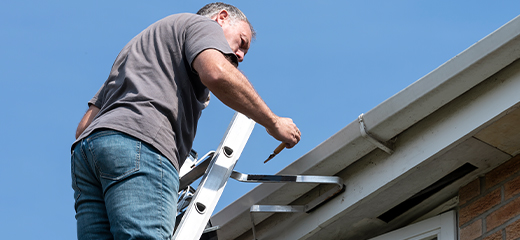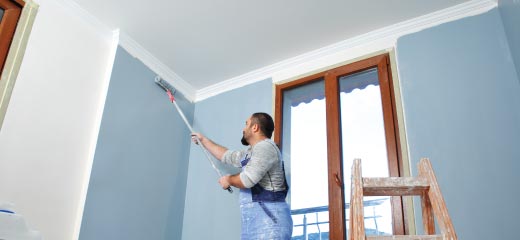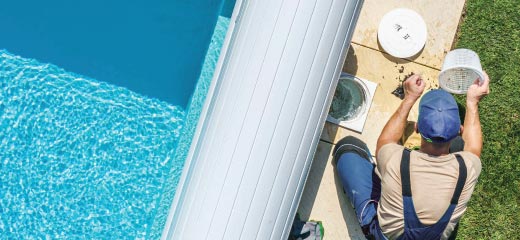
How to prep your paving for winter
Your driveway, outdoor flooring, pool surrounds and walkways came at considerable cost and an expectation that they will maintain their looks for years to come. However, the winter months can be hard on these surfaces resulting in misalignment, buckling, cracks and even crumbling.
Although brick and concrete are sturdy building materials, they are porous which means they absorb moisture. Additionally, the ground beneath your paving very often retains moisture which can result in shifts and changes. During the winter months, this moisture freezes causing it to expand, only to contract again during the warmer hours of the day.
This constant freeze-thaw cycle puts a lot of pressure on the ground beneath your paving as well as the joins, not to mention the bricks, concrete and paving stones. During the freeze cycle, these materials expand outwards and upwards or crack and crumble under the pressure. What's more, the damage to the paving rapidly escalates with every cold season unless repaired.
How to protect your paving
- Divert drainage: Reduce the amount of retained moisture by diverting water from gutters, leaky drainpipes and your pool pump as much as possible.
- Eliminate weeds: Weeds can do as much damage to your paving as freeze cycles, not to mention create additional space for water to gather between and below your paving stones. Speak to your local garden store on the best non-abrasive weedkiller for paving.
- Clean up: Give your paving a proper clean with a hard brush and soapy water or a pressure cleaner to remove hardened debris that may be masking holes.
- Fill in: Identify cracks, holes and gaps in your paving stones and the areas between them. Speak to your hardware store about the best products to use on damaged bricks and concrete and keep a bag of joining sand on hand to fill up the areas between the stones.
- Seal it up: To maintain good condition, paving should have sealant applied every 3 to 5 years. Take pictures of your paving, including close up shots of the joins and edges and ask your local hardware store which sealing product is best for your paving.
While these steps will help your paving survive the winter, be sure to give it a close examination in the middle of spring to identify any damage. Repairs should be done before the next cold season sets in to prevent damage from escalating.
LookSee is a free home efficiency platform aimed at making homeownership easier and more affordable.









